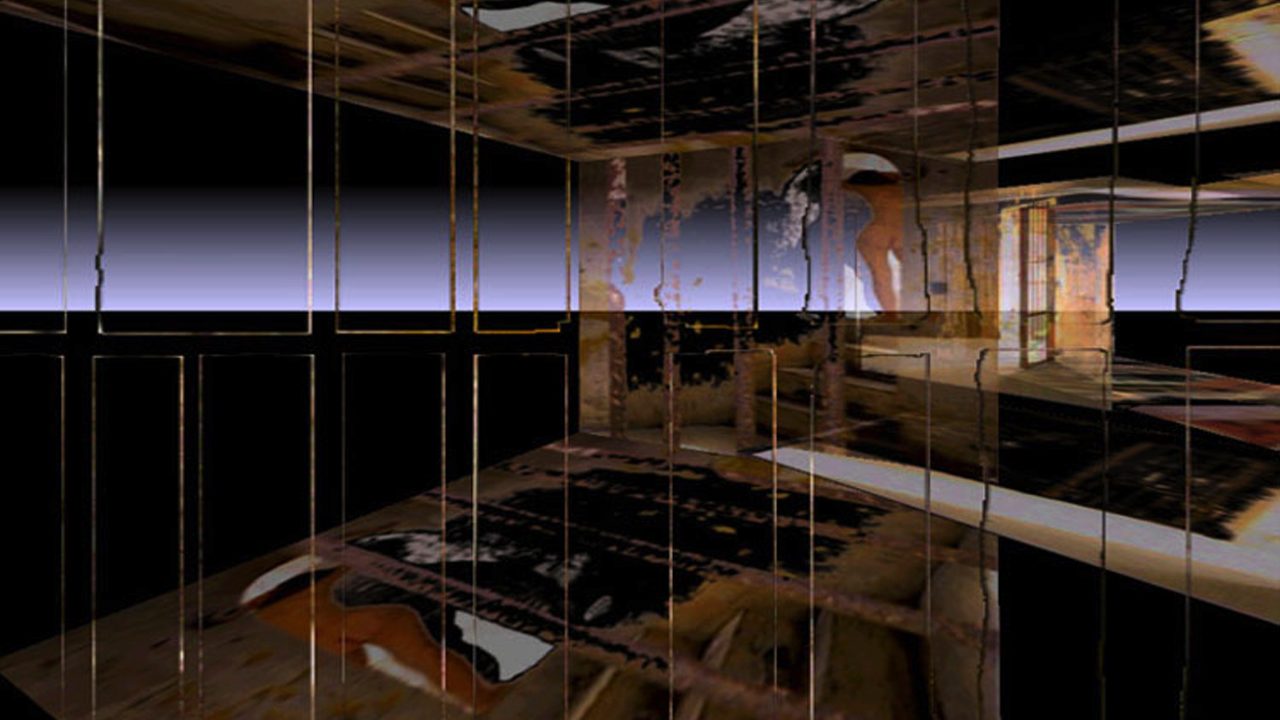Under control / In control
Developed by Lucy Petrovic and Johnie Hugh Horn
©2005
May 1st, 2005

About
The issue of control in human culture permeates every aspect of our existence. While, as individuals, we seem determined to control everything and everyone around us, there is always someone or something asserting its control over us (government, church, neighbor, employer, parent, corporation). Much of contemporary western control is better symbolized by manipulation than coercion, by computer chips as much as prison bars.
The language itself has evolved to include thousands of phrases emphasizing “control.” Our most prolific modern tool, digital technology, particularly computer software, has lulled us into drone-like behavior by controlling our choices in a way that reduces decisions to the simplest and easiest. It discourages creativity. It encourages the mundane by narrowing choice and creates a culture without real individuality. New ideas that surface in Art and Science are quickly sanitized, commercialized and fed back to us, fostering our illusions of being creative, hip, rebellious and “in control.”
“Under control / In control” is an interactive, immersive, stereoscopic environment using CAVE technology that addresses the complexity of this issue by examining it through some of its simplest permutations. By stripping it down, metaphorically, we can explore our basic emotional response to the idea that we are “under control” and not “in control.” If we consider and accept the notion that our individual responses to image/sound and interface have lost their unique rhythm, will we want to “take control”? Have we become too comfortable, too complacent, too overwhelmed, to “exert control”?
Exhibitions
Her Shorts: 1st Annual Women’s International Video Festival, 2006.
Scottsdale Museum of Contemporary Art, 2005-2006.
Hardware and Software Technology
This exhibition made possible with the support of the University of Arizona’s Fine Arts Technology, the Arizona Commission on the Arts, and VRCO, Inc.
About Lucy Petrovic
Lucy Petrovic is a new media artist, educator and researcher working in the digital realm. Her focus has been the exploration of human-computer interactivity, virtual-reality and immersive environments using CAVE technology.
She received her MFA in 1985 from the UIC Electronic Visualization Laboratory (EVL) where her work involved creating digital videos and programming a prototype remote design tool where two people at two different computers could create animations together using references from traditional animation. It was designed to work via modem. This prototype predates the Internet.
She began her professional career as a computer graphics technician at Video Image in Los Angeles, creating graphics for the infamous network television show “Max Headroom” and an esoteric Walt Disney movie entitled “Earth Star Voyager”. She then went on to teach at various universities and colleges, including University of Arizona in Tucson where she began her research in virtual reality. She considers herself fortunate to have worked in Singapore as Dean of Graduate Studies for EggStory Digital Arts School, founded by EggStory Studios, a digital animation and effects studio in Asia. Recently she was hired as Associate Professor at the University of Texas at Dallas.
Throughout the years she has contributed to ISEA, Prix ARS Electronica and extensively to the ACM SIGGRAPH International Computer Graphics Conference. Petrovic’s involvement with SIGGRAPH included Chair of the Exhibition of Computer Art in 1988 and Co-chair of the Electronic Theater in 1994.
Petrovic’s new media work includes creating experimental digital video screened at various festivals, including the Arizona International Film Festival where she won “Best of Arizona.”Her interactive immersive environments have been exhibited internationally, including SIGGRAPH Art Gallery Global Eyes, the Museum of Estonian Architecture with the ISEA Conference, Scottsdale Museum of Contemporary Art, and Tucson Museum of Art.